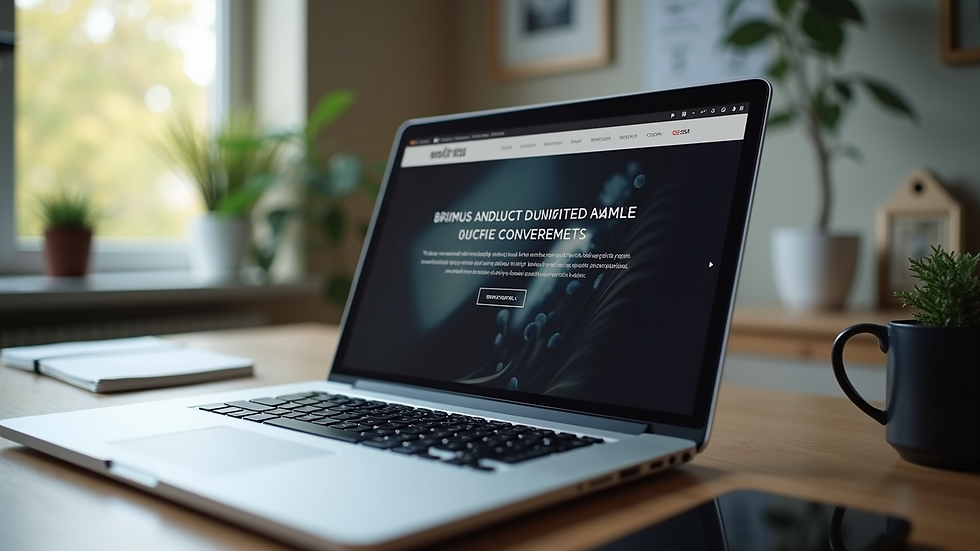The Art of Micro-Interactions: Enhancing User Experience Through Subtle Design Details
- Deniz Uyanik

- Oct 6
- 2 min read
In the world of web design, it's often the smallest details that make the biggest impact. Micro-interactions—those subtle, almost invisible design elements that respond to user actions—are the secret ingredient that separates good websites from exceptional ones.
What Are Micro-Interactions?
Micro-interactions are small, functional animations or design elements that occur in response to user actions. They provide feedback, guide users through processes, and add personality to digital interfaces. Think of the satisfying 'like' animation on social media, the subtle hover effects on buttons, or the smooth transitions between pages.
Why Micro-Interactions Matter
Enhanced User Feedback: They provide immediate visual confirmation that an action has been completed
Improved Navigation: Guide users through complex processes with visual cues
Brand Personality: Add character and emotion to otherwise sterile interfaces
Reduced Cognitive Load: Make interfaces more intuitive and easier to understand
Essential Types of Micro-Interactions
1. Hover Effects
Simple color changes, scaling, or shadow effects when users hover over interactive elements. These provide immediate feedback that an element is clickable and responsive.
2. Loading Animations
Progress bars, spinners, or skeleton screens that keep users engaged during wait times. Well-designed loading animations can make perceived wait times feel shorter.
3. Form Validation
Real-time feedback on form inputs, showing users immediately whether their input is valid or needs correction. This prevents frustration and improves completion rates.
The best micro-interactions are invisible to the user—they feel natural and intuitive, enhancing the experience without drawing attention to themselves.
Best Practices for Implementation
Keep it subtle: Micro-interactions should enhance, not distract from the main content
Maintain consistency: Use similar timing, easing, and visual styles throughout your site
Consider performance: Ensure animations don't slow down your site or drain device batteries
Test across devices: What works on desktop might not work on mobile
The Future of Micro-Interactions
As web technologies continue to evolve, we're seeing more sophisticated micro-interactions powered by AI and machine learning. These smart interactions can adapt to user behavior, providing personalized experiences that feel truly responsive to individual needs.
Voice interfaces, gesture controls, and haptic feedback are expanding the definition of micro-interactions beyond visual elements, creating multi-sensory experiences that bridge the gap between digital and physical interactions.
By mastering the art of micro-interactions, designers and developers can create websites that don't just function—they delight, engage, and create lasting impressions that keep users coming back for more.


